A Head Control Strategy of the Snake Robot Based on Segmented Kinematics
Abstract
:1. Introduction
2. The Strategy of the Head Control
2.1. The Calculation of Joint Angles for the Base Part
2.2. The Workspace of Head Part
| Algorithm 1 The algorithm for calculating and drawing the reachability of the workspace of the head part. |
|
2.3. Choosing the Dexterous Workspace Center
2.4. The Calculation of Joint Angles for the Neck Part
3. The Control Process of the Head
3.1. The Stability of the Motion
3.2. The Trajectory Planning of the Overall Body in Cartesian Space
3.3. The Process of the Control
- (1)
- Discretize the backbone curve of the snake robot to obtain the initial configuration of the snake robot, and the backbone curve and the links are shown in Figure 14. The backbone curve of the base part is a plane arc and the backbone curve of the neck part and head part is a plane cubic Bezier curve with four control point. The two backbone curves are connected smoothly.
- (2)
- Plan the current configuration to the initial configuration for the snake robot.
- (3)
- Determine the desired position and direction for the end link of the neck part using the desired pose of the head link and the dexterous workspace of the head part, and judge whether the desired position is in an accepted range, which satisfies and . indicates the desired position of the head link of the head part. If the conditions are not satisfied, use the rolling gait or turn in place [33] to adjust the location and orientation of the overall body in the world frame.
- (4)
- By rotating a frame evenly, many desired pose frames with the same x-axis direction as the desired direction are created. In addition, the solution we need is selected among solutions of these pose frames.
- (5)
- Plan the trajectory of the snake robot to the final configuration, then use the support polygon method and the ZMP method to assert the static stability and dynamical stability of the motion. Select a stable trajectory.
- (6)
- Use the proposed trajectory planning method of the overall body in Cartesian space to avoid collision of the snake robot with the ground.
4. Simulations of the Head Control
4.1. The Simulation of Catching the Virtual Spheres
4.2. The Simulation of Getting through a Hole
5. Discussion and Conclusions
Author Contributions
Funding
Conflicts of Interest
Abbreviations
| DOF | degree of freedom |
| ZMP | zero-moment point |
| IMU | inertia measure unit |
References
- Sanfilippo, F.; Azpiazu, J.; Marafioti, G.; Transeth, A.A.; Stavdahl, Ø.; Liljebäck, P. Perception-driven obstacle-aided locomotion for snake robots: the state of the art, challenges and possibilities. Appl. Sci. 2017, 7, 336. [Google Scholar] [CrossRef]
- Wang, K.; Gao, W.; Ma, S. Snake-like robot with fusion gait for high environmental adaptability: Design, modeling, and experiment. Appl. Sci. 2017, 7, 1133. [Google Scholar] [CrossRef]
- Kelasidi, E.; Jesmani, M.; Pettersen, K.; Gravdahl, J. Locomotion efficiency optimization of biologically inspired snake robots. Appl. Sci. 2018, 8, 80. [Google Scholar] [CrossRef]
- Mu, Z.; Wang, H.; Xu, W.; Liu, T.; Wang, H. Two types of snake-like robots for complex environment exploration: Design, development, and experiment. Adv. Mech. Eng. 2017, 9, 1–15. [Google Scholar] [CrossRef]
- Rollinson, D.; Bilgen, Y.; Brown, B.; Enner, F.; Ford, S.; Layton, C.; Rembisz, J.; Schwerin, M.; Willig, A.; Velagapudi, P. Design and architecture of a series elastic snake robot. In Proceedings of the IEEE/RSJ International Conference on Intelligent Robots & Systems, Chicago, IL, USA, 14–18 September 2014. [Google Scholar]
- Sanfilippo, F.; Stavdahl, Ø.; Liljebäck, P. SnakeSIM: A ROS-based control and simulation framework for perception-driven obstacle-aided locomotion of snake robots. Artif. Life Robot. 2018, 23, 449–458. [Google Scholar] [CrossRef]
- Ariizumi, R.; Tanaka, M.; Matsuno, F. Analysis and heading control of continuum planar snake robot based on kinematics and a general solution thereof. Adv. Robot. 2016, 30, 301–314. [Google Scholar] [CrossRef]
- Tanaka, M.; Matsuno, F. Modeling and control of head raising snake robots by using kinematic redundancy. J. Intell. Robot. Syst. 2014, 75, 53–69. [Google Scholar] [CrossRef]
- Ye, C.; Ma, S.; Li, B.; Wang, Y. Head-raising motion of snake-like robots. In Proceedings of the 2004 IEEE International Conference on Robotics and Biomimetics, Shenyang, China, 22–26 August 2004; pp. 595–600. [Google Scholar]
- Zhang, X.; Liu, J.; Ju, Z.; Yang, C. Head-raising of snake robots based on a predefined spiral curve method. Appl. Sci. 2018, 8, 2011. [Google Scholar] [CrossRef]
- Chirikjian, G.S.; Burdick, J.W. A modal approach to hyper-redundant manipulator kinematics. IEEE Trans. Robot. Autom. 1994, 10, 343–354. [Google Scholar] [CrossRef]
- Zhen, W.; Gong, C.; Choset, H. Modeling rolling gaits of a snake robot. In Proceedings of the 2015 IEEE International Conference on Robotics and Automation (ICRA), Seattle, WA, USA, 26–30 May 2015; pp. 3741–3746. [Google Scholar]
- Kamegawa, T.; Harada, T.; Gofuku, A. Realization of cylinder climbing locomotion with helical form by a snake robot with passive wheels. In Proceedings of the 2009 IEEE International Conference on Robotics and Automation, Kobe, Japan, 12–17 May 2009; pp. 3067–3072. [Google Scholar]
- Zacharias, F.; Borst, C.; Hirzinger, G. Capturing robot workspace structure: Representing robot capabilities. In Proceedings of the IEEE/RSJ International Conference on Intelligent Robots & Systems, San Diego, CA, USA, 29 October–2 November 2007. [Google Scholar]
- Smits, R. KDL: Kinematics and Dynamics Library. 2019. Available online: http://wiki.ros.org/orocos_kdl (accessed on 16 November 2019).
- Siciliano, B.; Sciavicco, L.; Villani, L.; Oriolo, G. Robotics: Modelling, Planning and Control; Springer Science & Business Media: Berlin, Germany, 2010. [Google Scholar]
- Corke, P.I. Robotics, Vision & Control: Fundamental Algorithms in MATLAB, 2nd ed.; Springer: Berlin, Germany, 2017; ISBN 978-3-319-54413-7. [Google Scholar]
- Beeson, P.; Ames, B. TRAC-IK: An Open-Source Library for Improved Solving of Generic Inverse Kinematics. In Proceedings of the 2015 IEEE-RAS 15th International Conference on Humanoid Robots (Humanoids), Seoul, Korea, 3–5 November 2015. [Google Scholar]
- Bing, Z.; Cheng, L.; Chen, G.; RaHrbein, F.; Huang, K.; Knoll, A. Towards autonomous locomotion: CPG-based control of smooth 3D slithering gait transition of a snake-like robot. Bioinspir. Biomim. 2017, 12, 035001. [Google Scholar] [CrossRef] [PubMed]
- Melo, K. Modular snake robot velocity for side-winding gaits. In Proceedings of the 2015 IEEE International Conference on Robotics and Automation (ICRA), Seattle, WA, USA, 26–30 May 2015; pp. 3716–3722. [Google Scholar]
- Kajita, S.; Hirukawa, H.; Harada, K.; Yokoi, K. Introduction to Humanoid Robotics; Springer: Berlin, Germany, 2014; Volume 101. [Google Scholar]
- Yamada, H.; Hirose, S. Approximations to continuous curves of Active Cord Mechanism made of arc-shaped joints or double joints. In Proceedings of the IEEE International Conference on Robotics & Automation, Anchorage, AK, USA, 3–7 May 2010. [Google Scholar]
- Oprea, J. Differential Geometry and Its Applications; American Mathematical Soc.: Providence, RI, USA, 2019; Volume 59. [Google Scholar]
- Yoshikawa, T. Basic optimization methods of redundant manipulators. Lab. Robot. Autom. 1996, 8, 49–60. [Google Scholar] [CrossRef]
- Nocedal, J.; Wright, S.J. Numerical Optimization, 2nd ed.; Springer: New York, NY, USA, 2006. [Google Scholar]
- Spath, H. Cluster Dissection and Analysis: Theory, FORTRAN Programs, Examples; Horwood: Bristol, UK, 1985. [Google Scholar]
- Arthur, D.; Vassilvitskii, S. k-means++: The advantages of careful seeding. In Proceedings of the Eighteenth Annual ACM-SIAM Symposium on Discrete Algorithms, Society for Industrial and Applied Mathematics, Philadelphia, PA, USA, 7–9 January 2007; pp. 1027–1035. [Google Scholar]
- Bing, Z.; Long, C.; Zhong, A.; Zhang, F.; Kai, H.; Knoll, A. Slope angle estimation based on multi-sensor fusion for a snake-like robot. In Proceedings of the International Conference on Information Fusion, Xi’an, China, 10–13 July 2017. [Google Scholar]
- Bando, Y.; Suhara, H.; Tanaka, M.; Kamegawa, T.; Itoyama, K.; Yoshii, K.; Matsuno, F.; Okuno, H.G. Sound-based online localization for an in-pipe snake robot. In Proceedings of the IEEE International Symposium on Safety, Lausanne, Switzerland, 23–27 October 2016. [Google Scholar]
- Euston, M.; Coote, P.; Mahony, R.; Kim, J.; Hamel, T. A Complementary Filter for Attitude Estimation of a Fixed-Wing UAV. In Proceedings of the IEEE/RSJ International Conference on Intelligent Robots & Systems, Nice, France, 22–26 September 2008. [Google Scholar]
- Madgwick, S. An efficient orientation filter for inertial and inertial/magnetic sensor arrays. Rep. x-io Univ. Bristol UK 2010, 25, 113–118. [Google Scholar]
- Dekker, M. Zero-Moment Point Method for Stable Biped Walking; Eindhoven University of Technology: Eindhoven, The Netherlands, 2009. [Google Scholar]
- Xiao, X.; Cappo, E.; Zhen, W.; Dai, J.; Sun, K.; Gong, C.; Travers, M.J.; Choset, H. Locomotive reduction for snake robots. In Proceedings of the 2015 IEEE International Conference on Robotics and Automation (ICRA), Seattle, WA, USA, 26–30 May 2015; pp. 3735–3740. [Google Scholar]
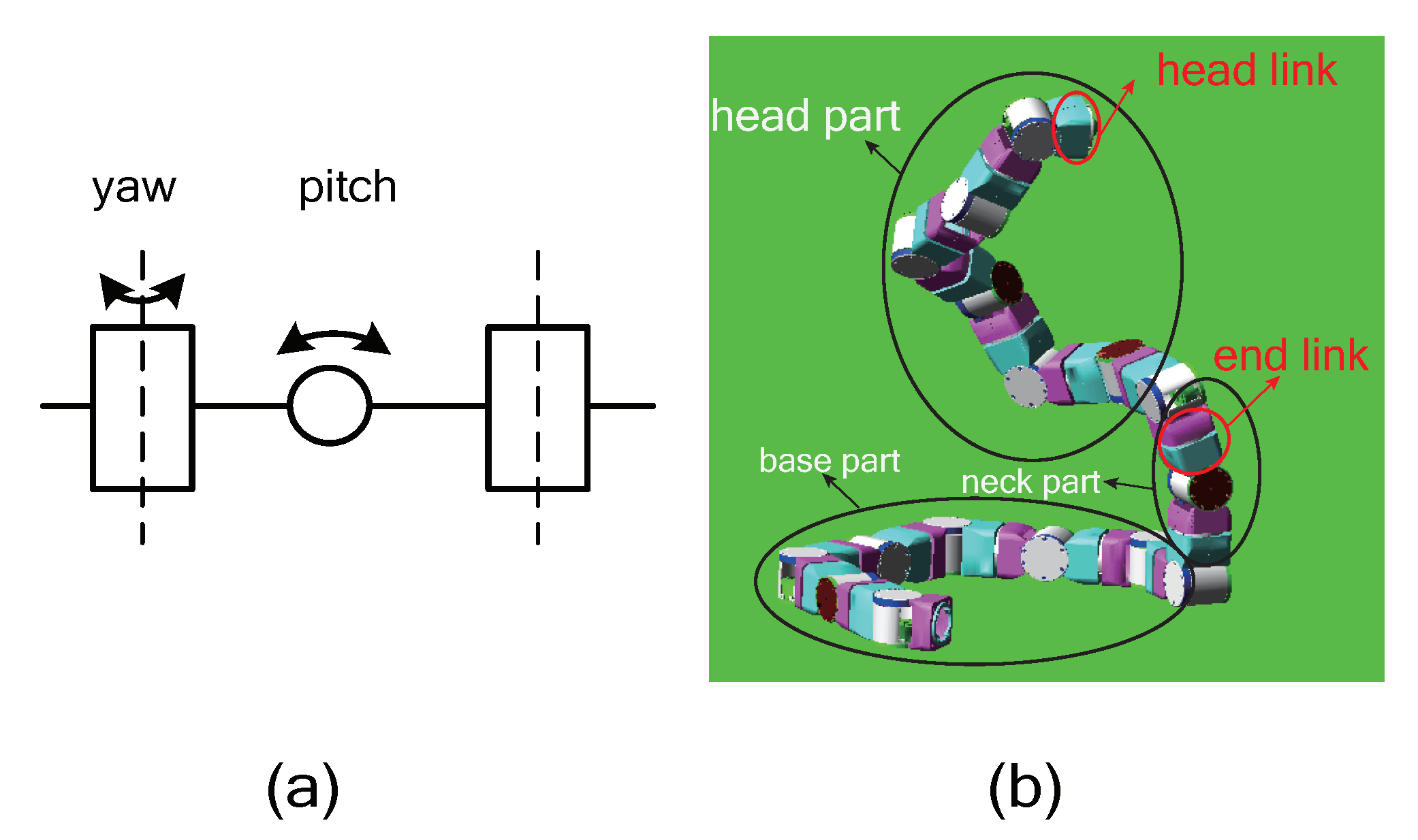
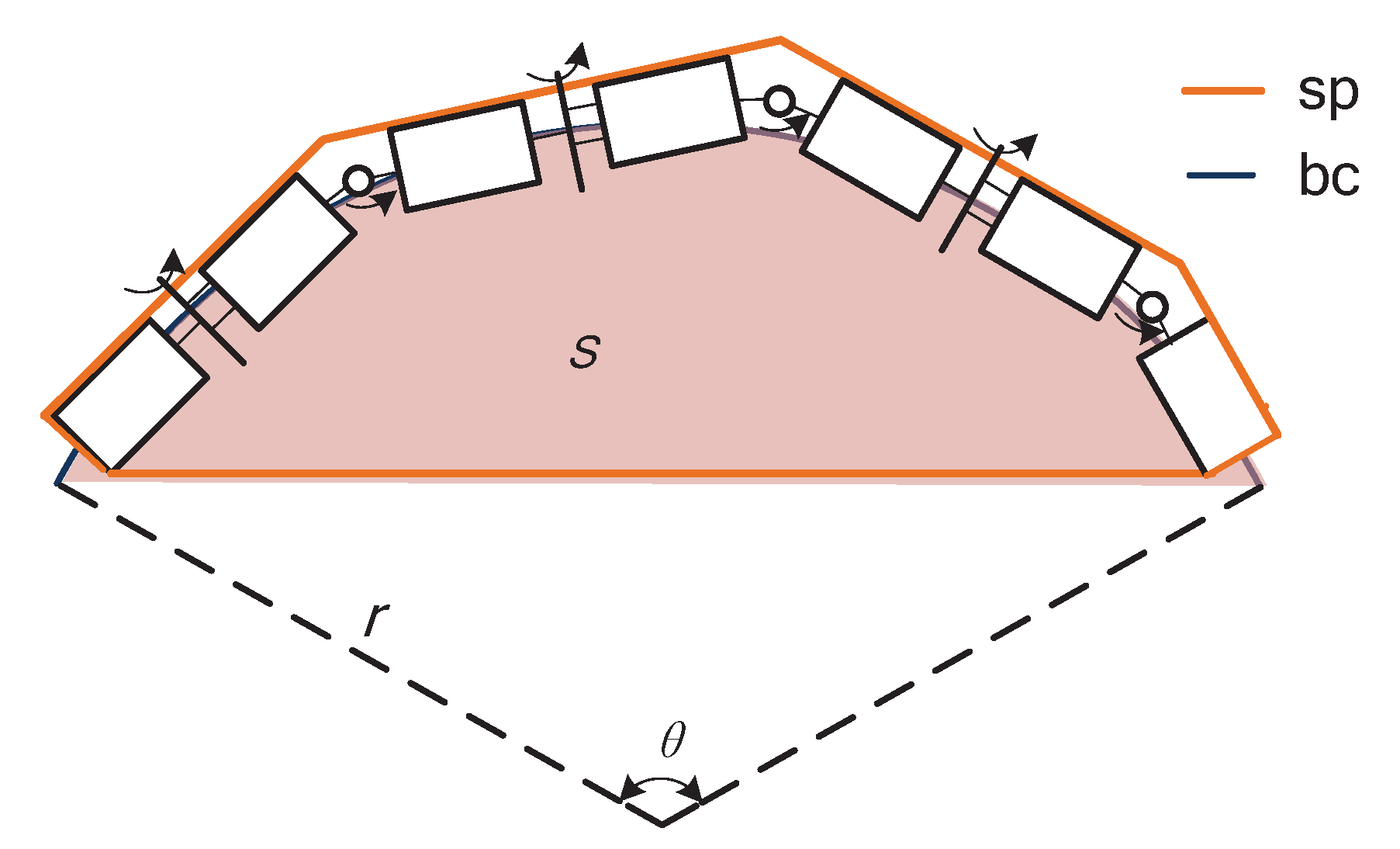

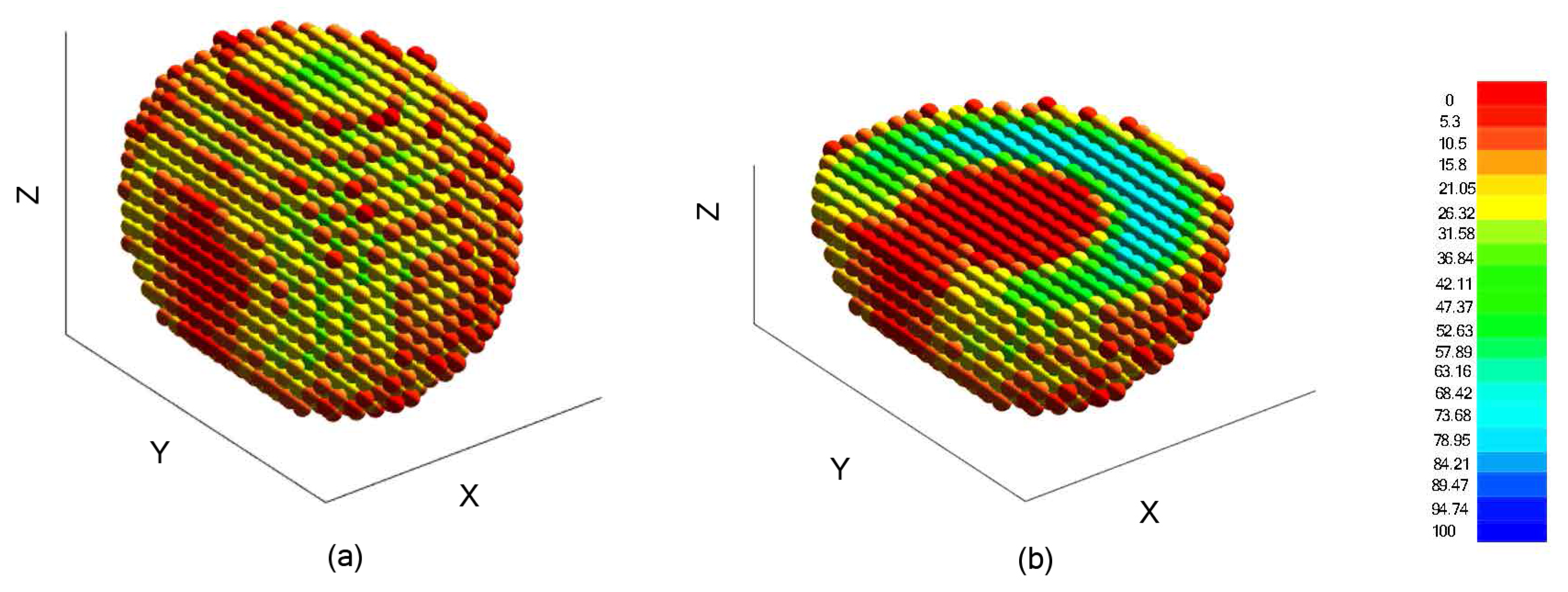
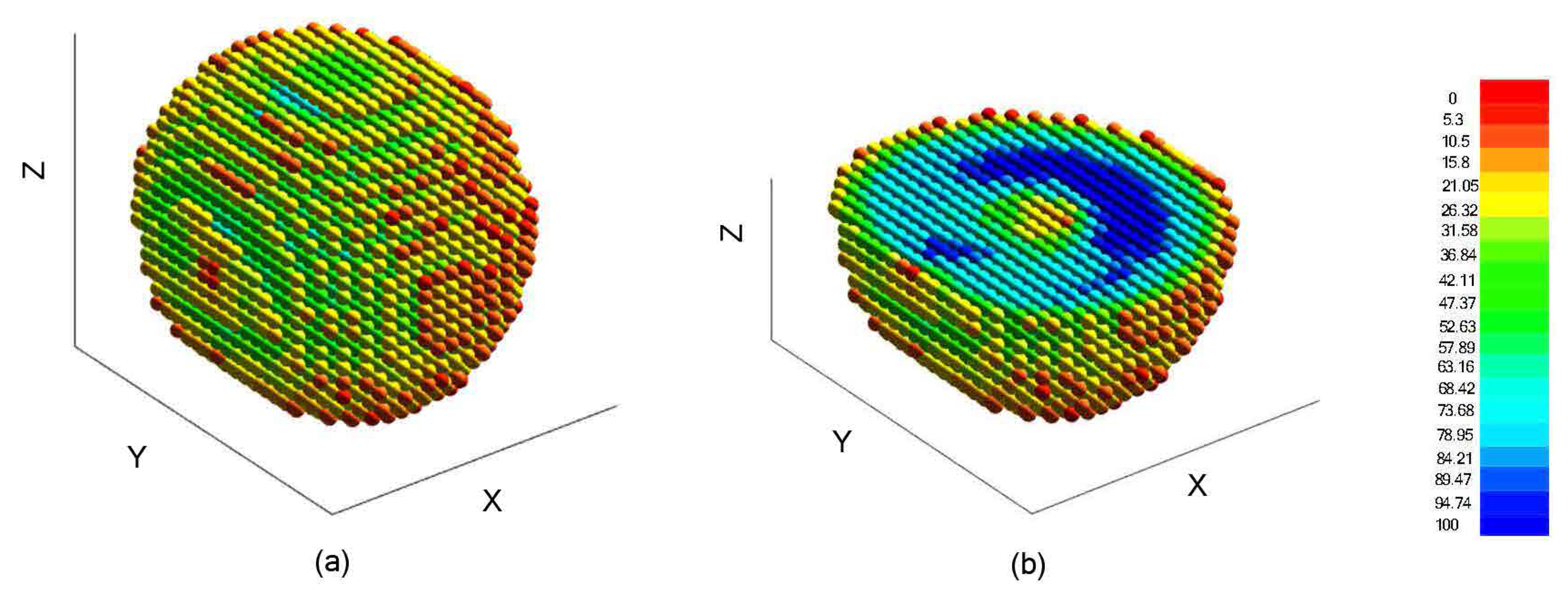
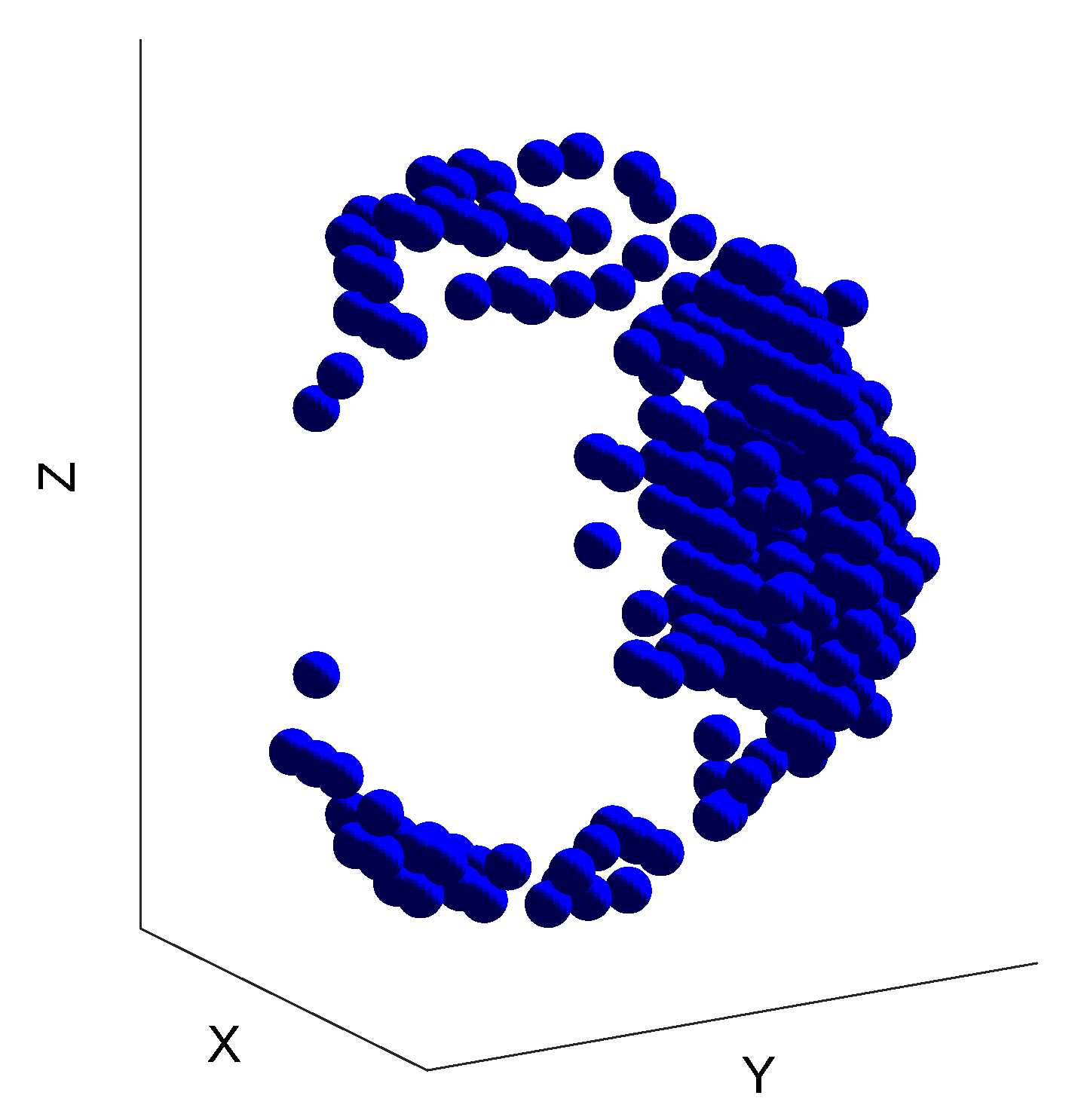
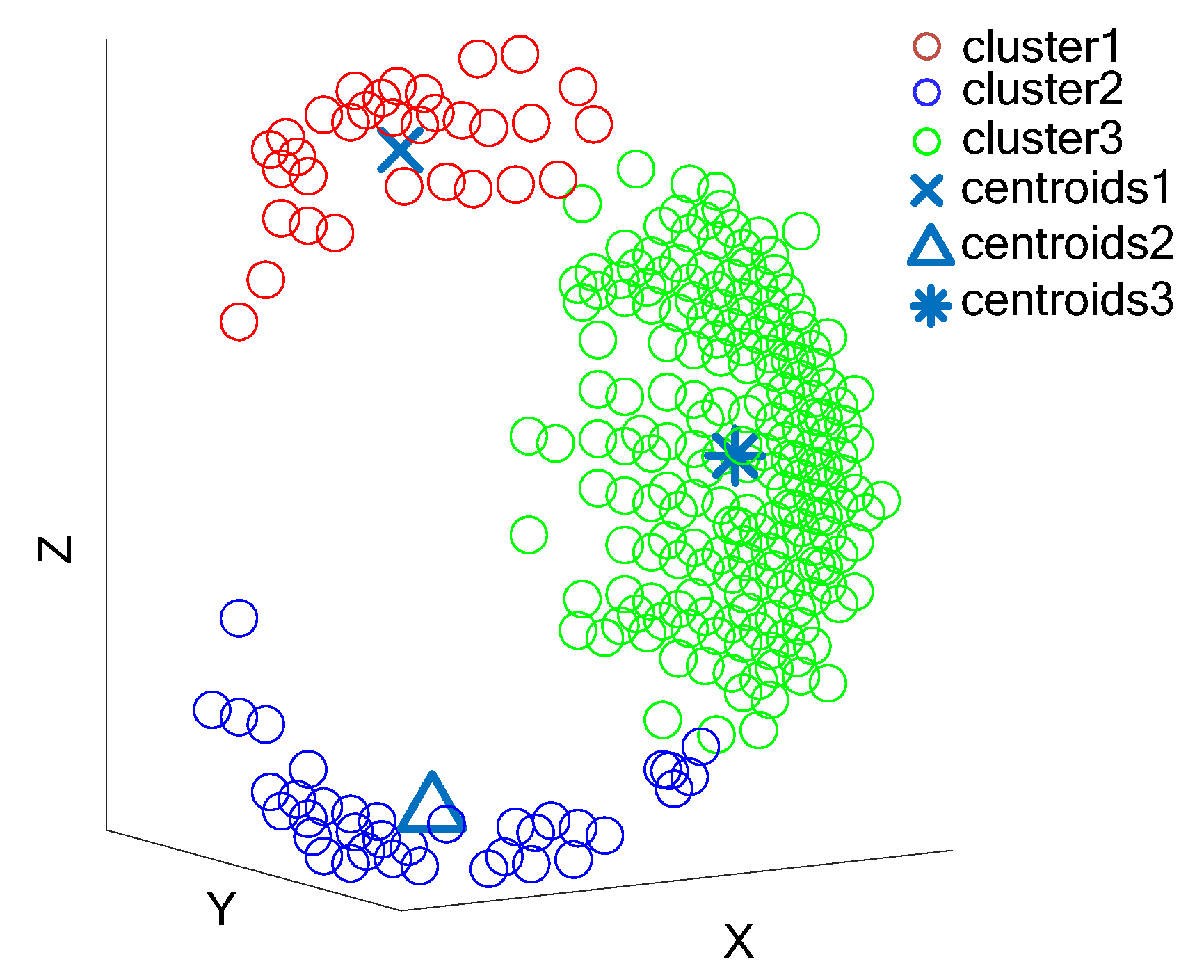
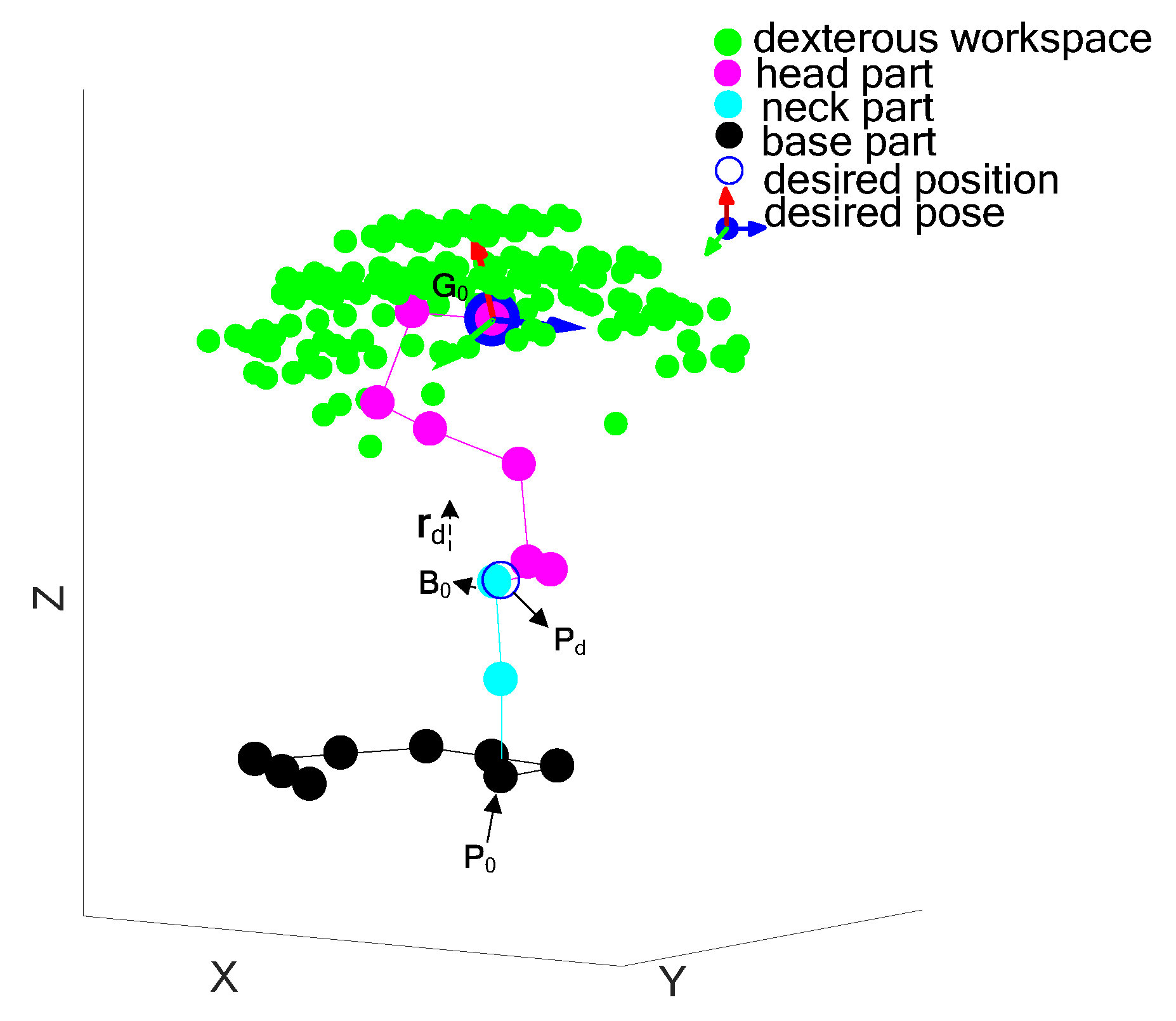
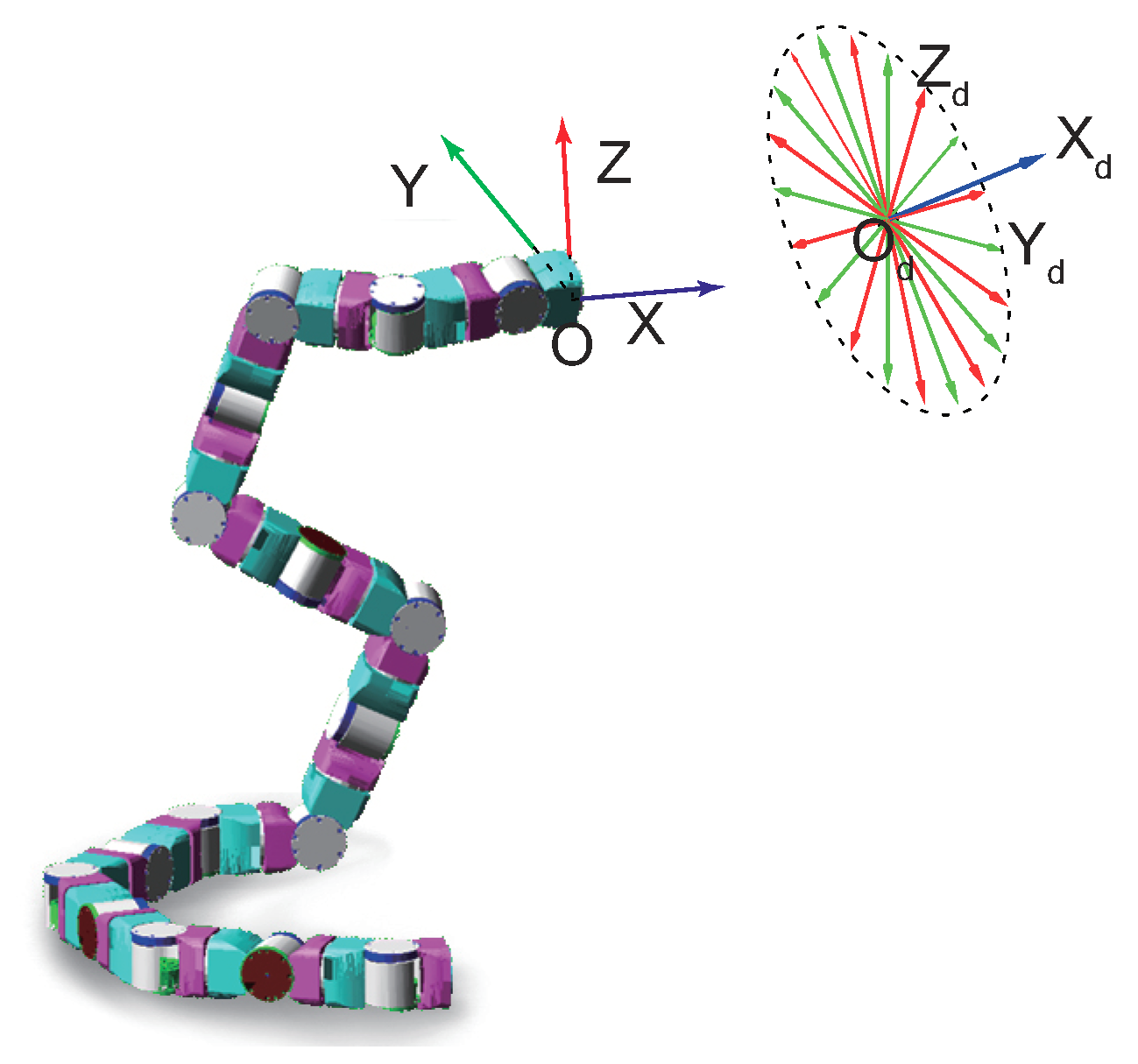
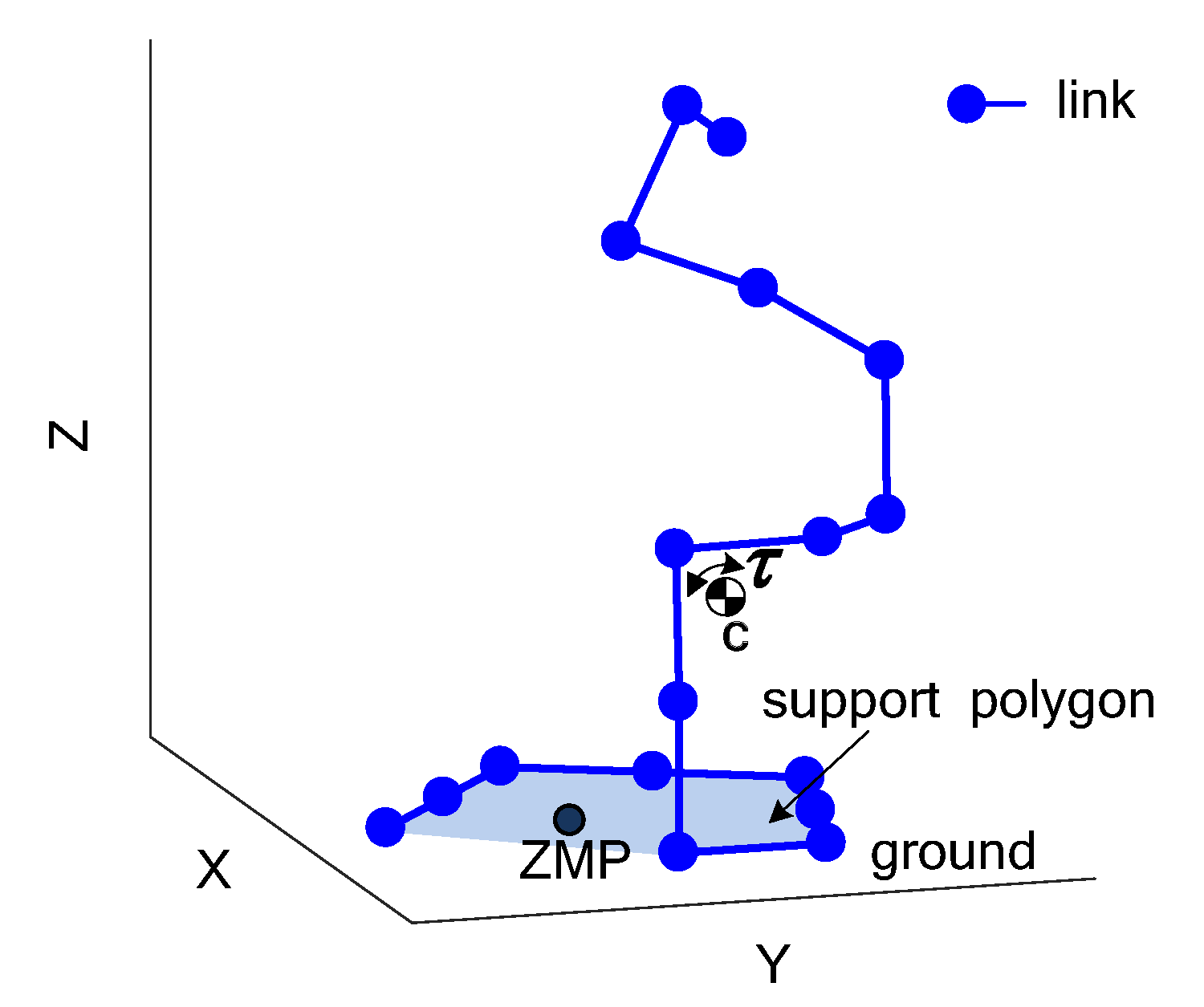

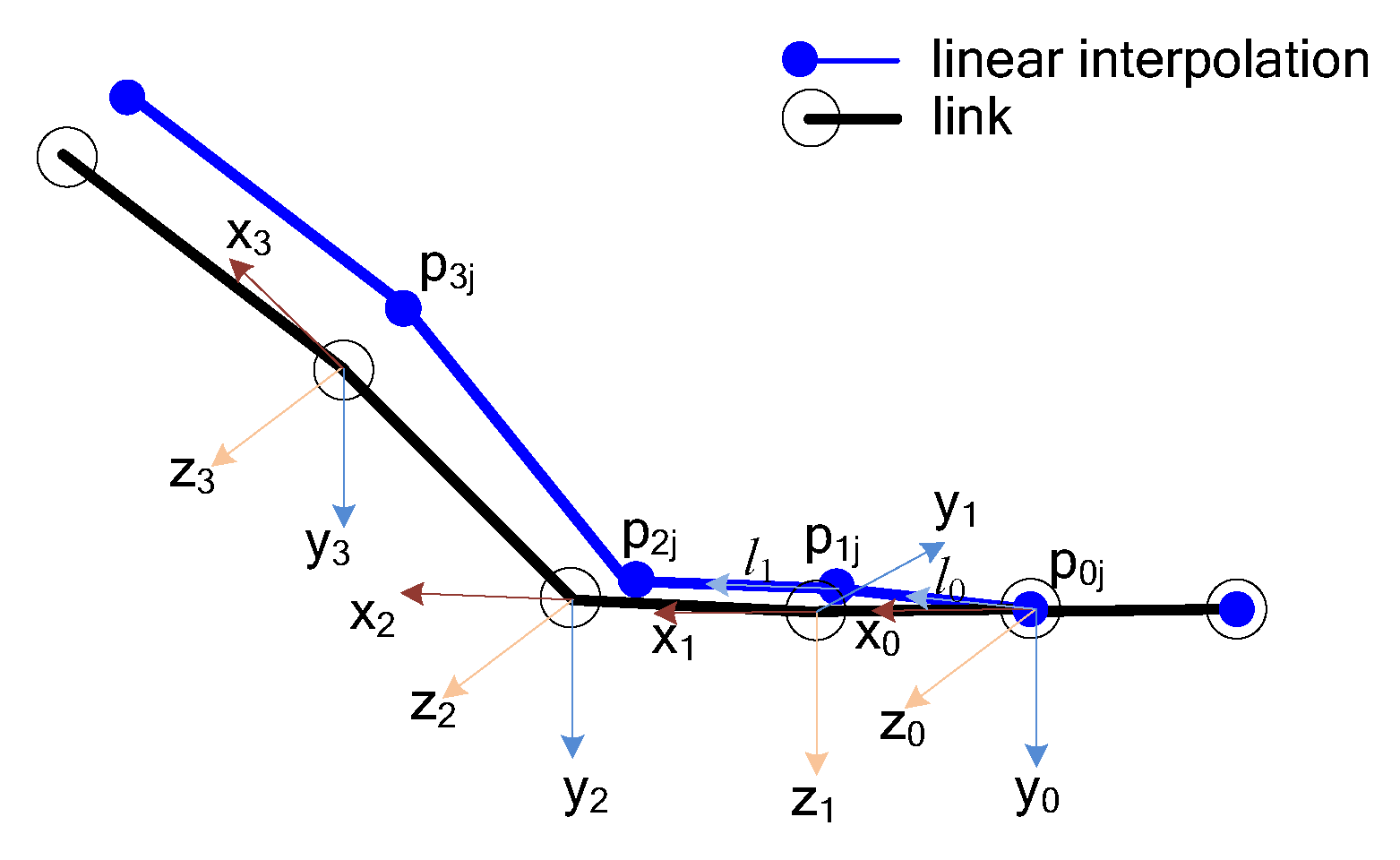
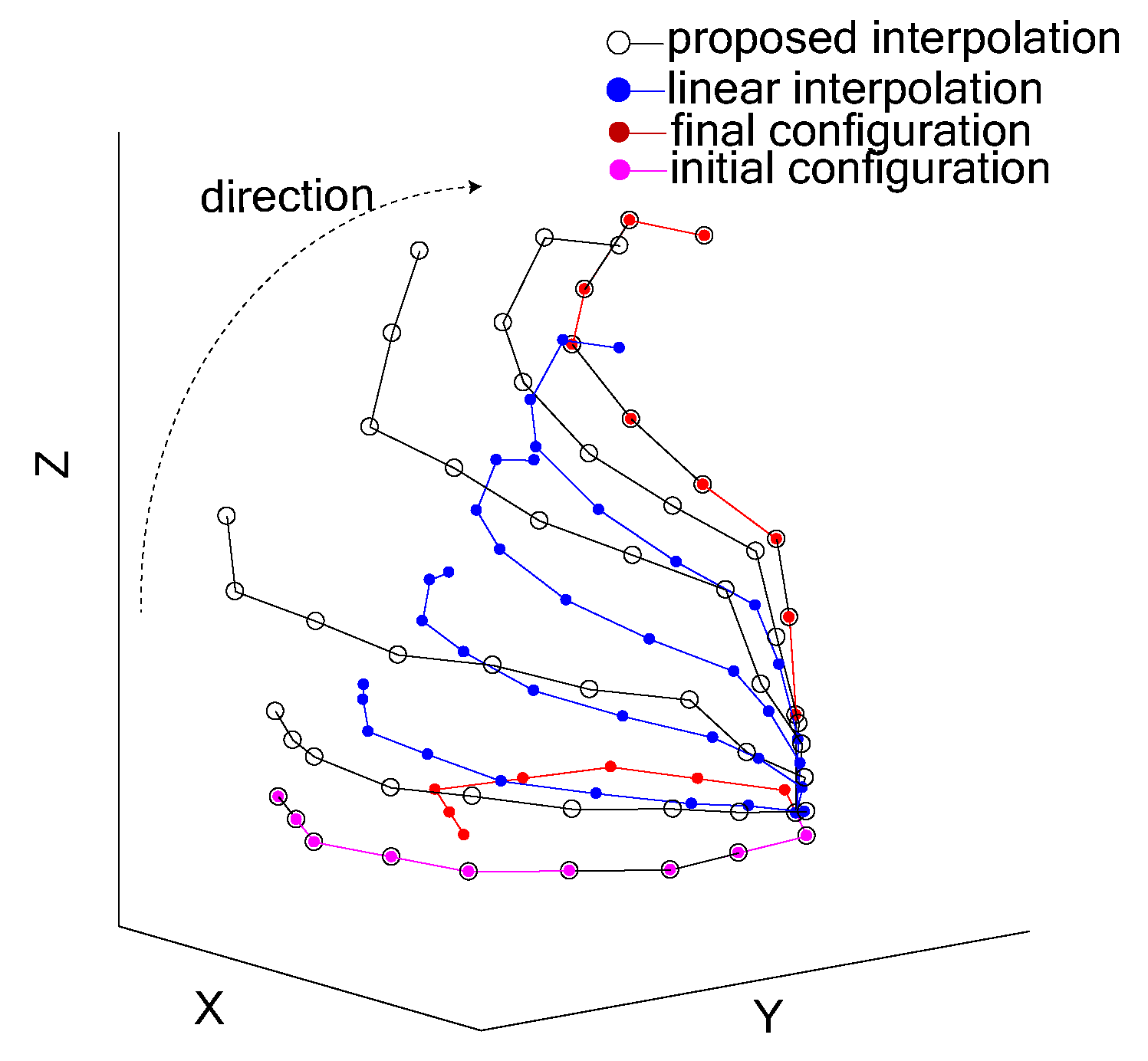
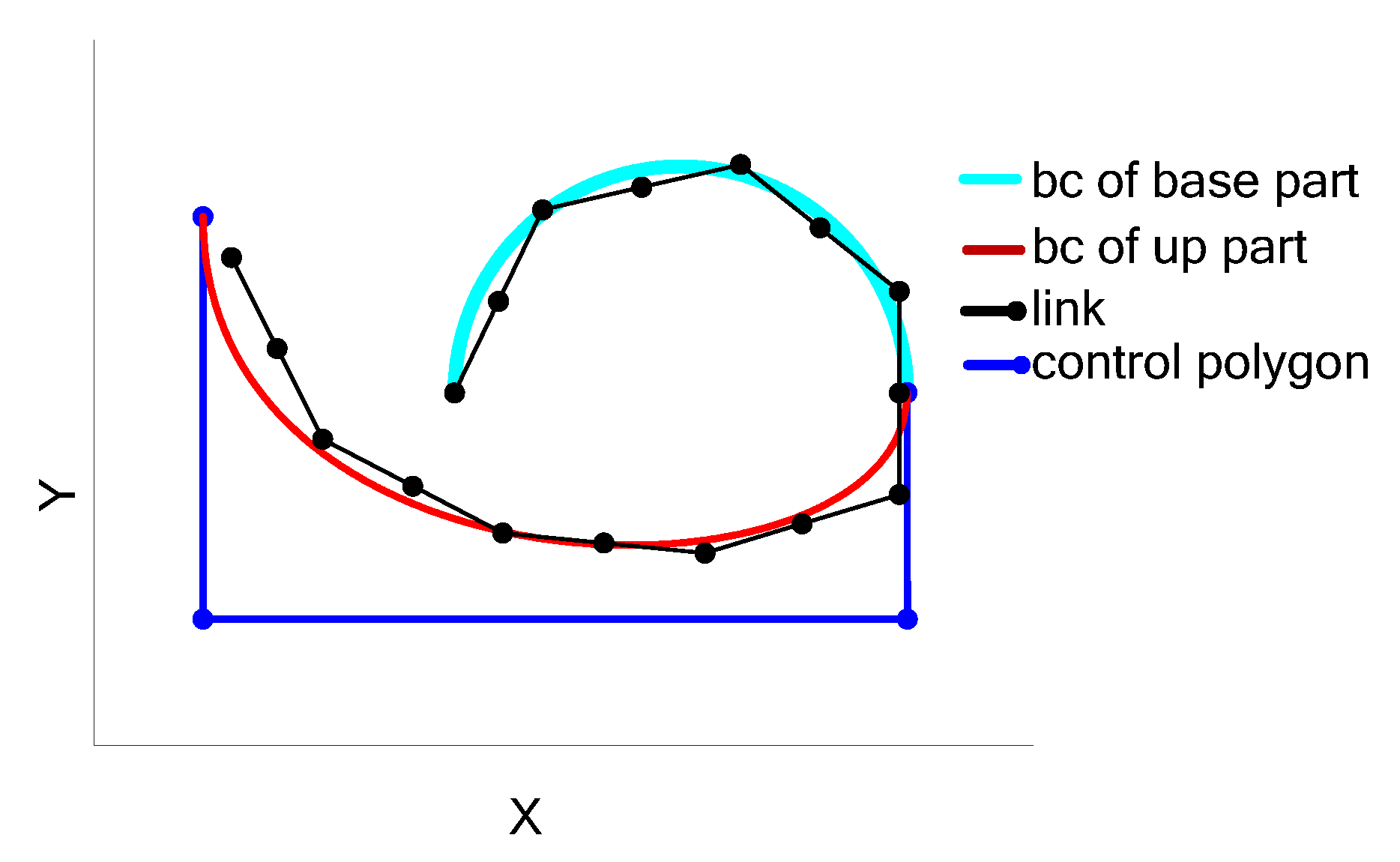

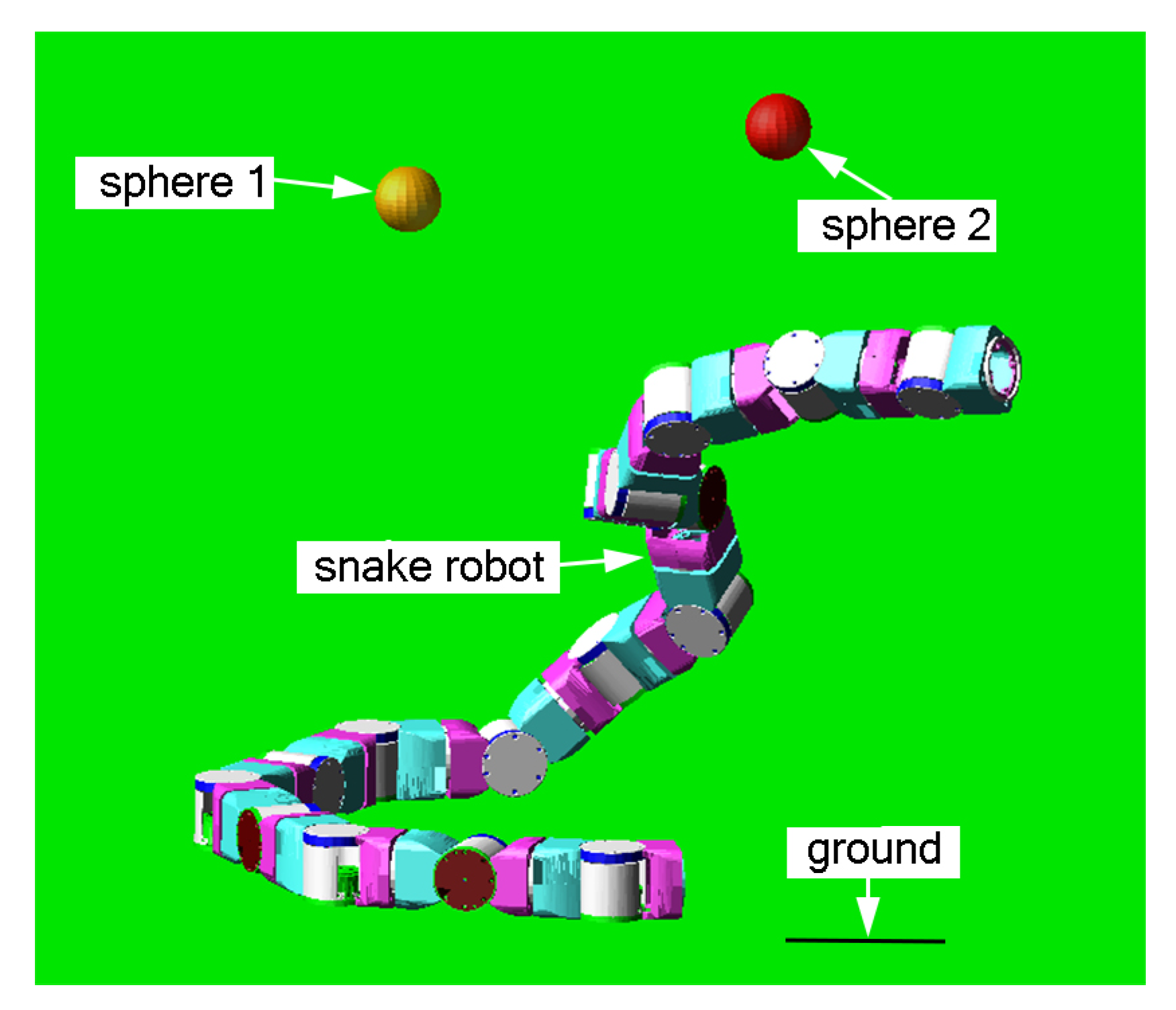
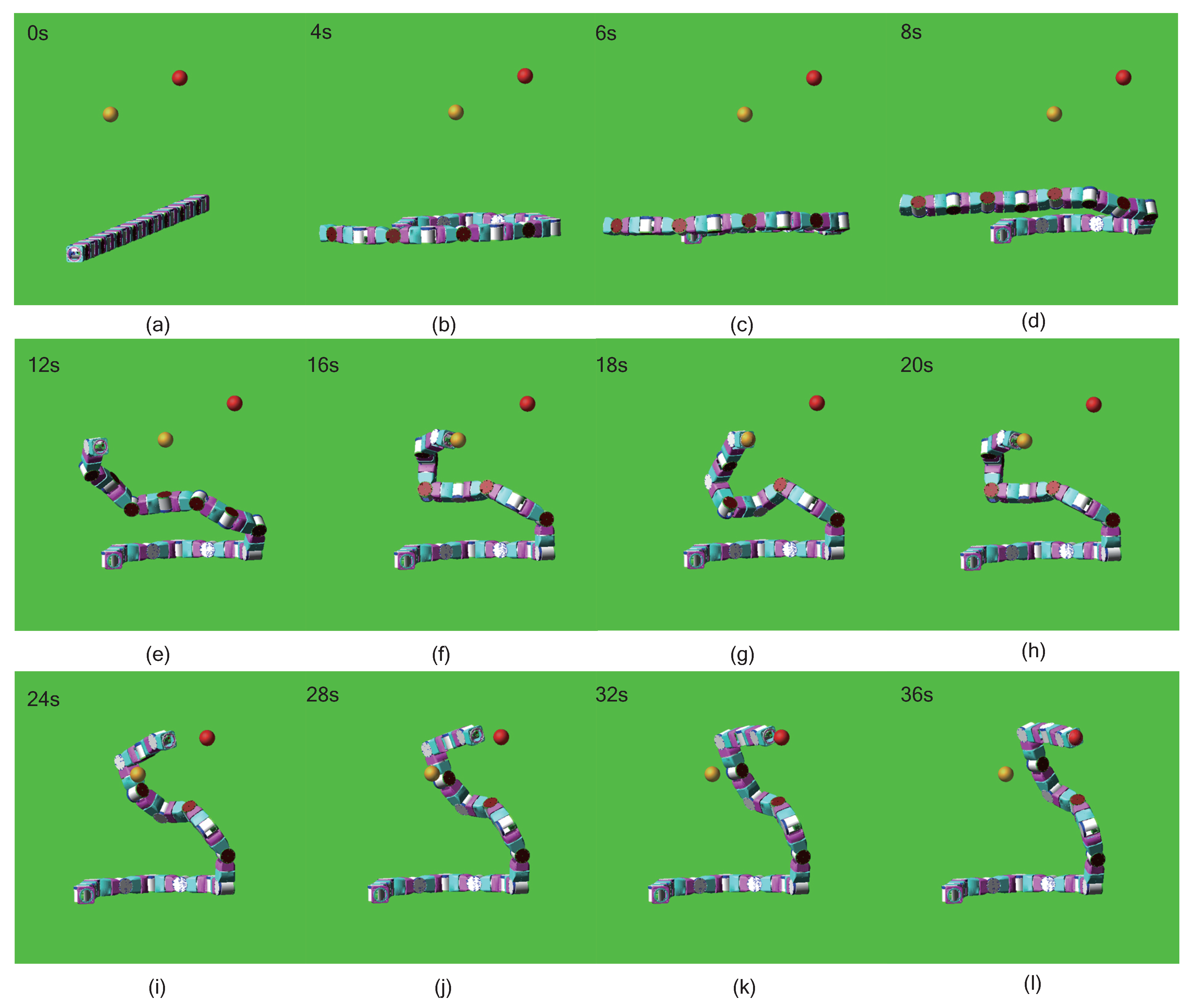


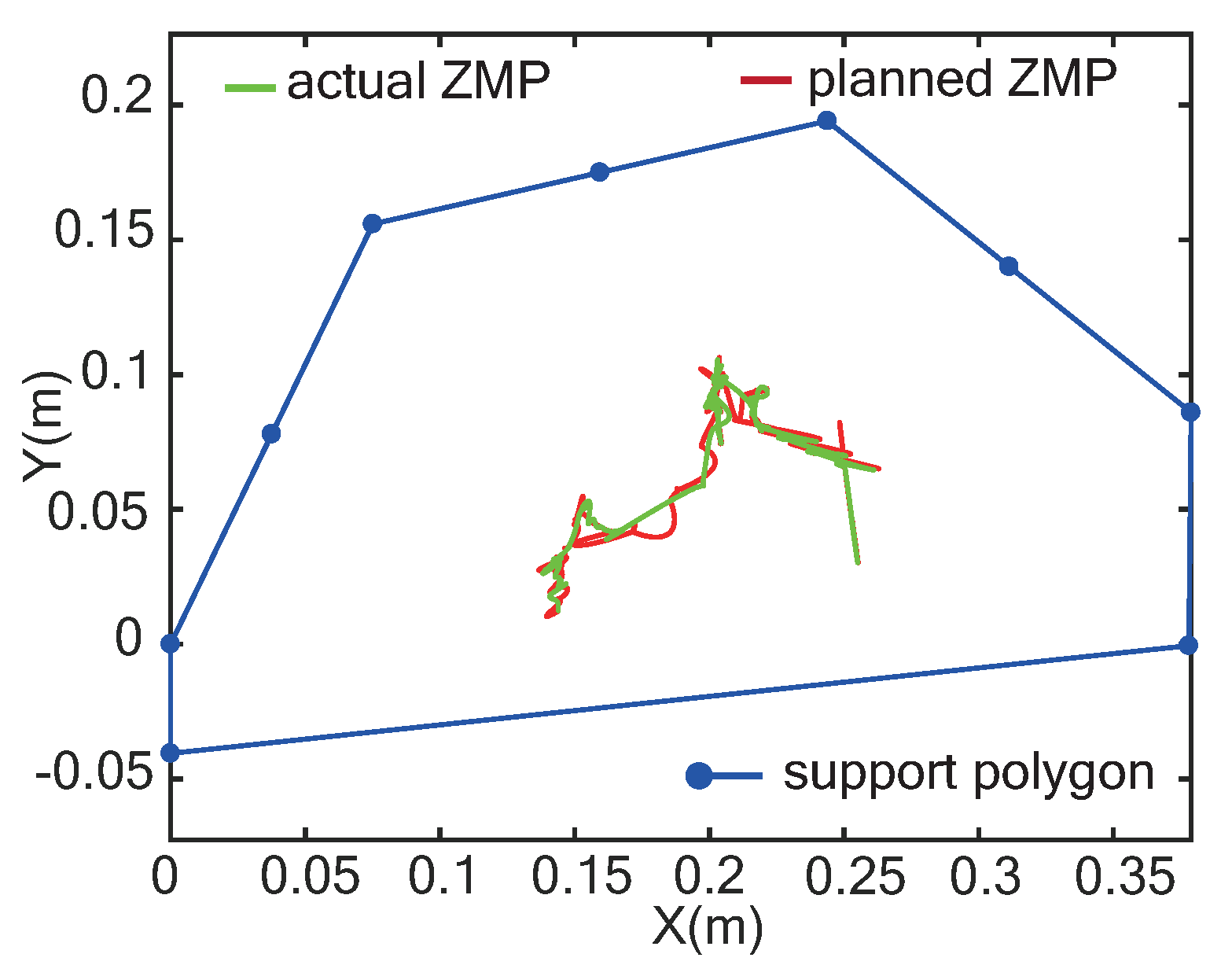
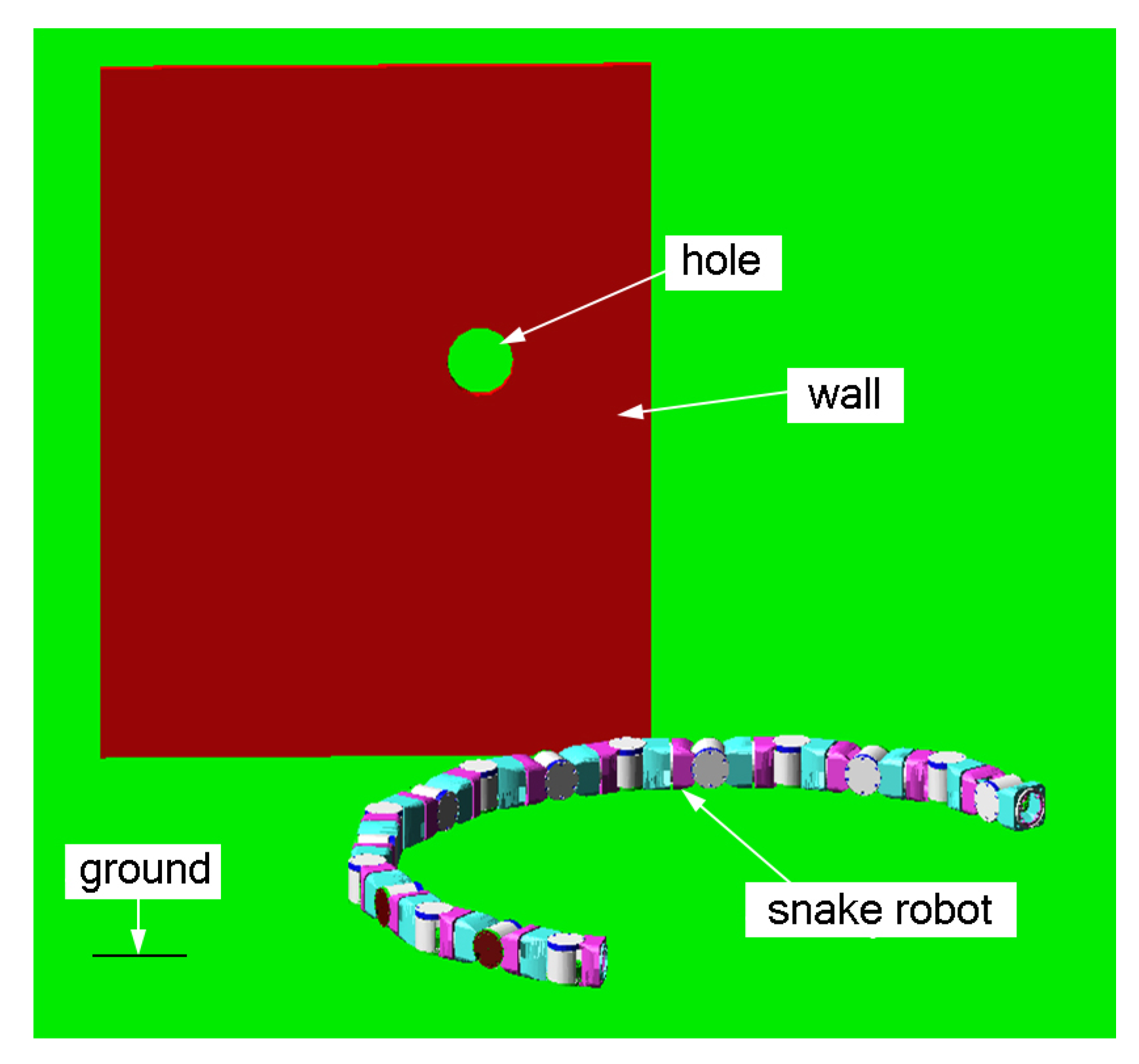
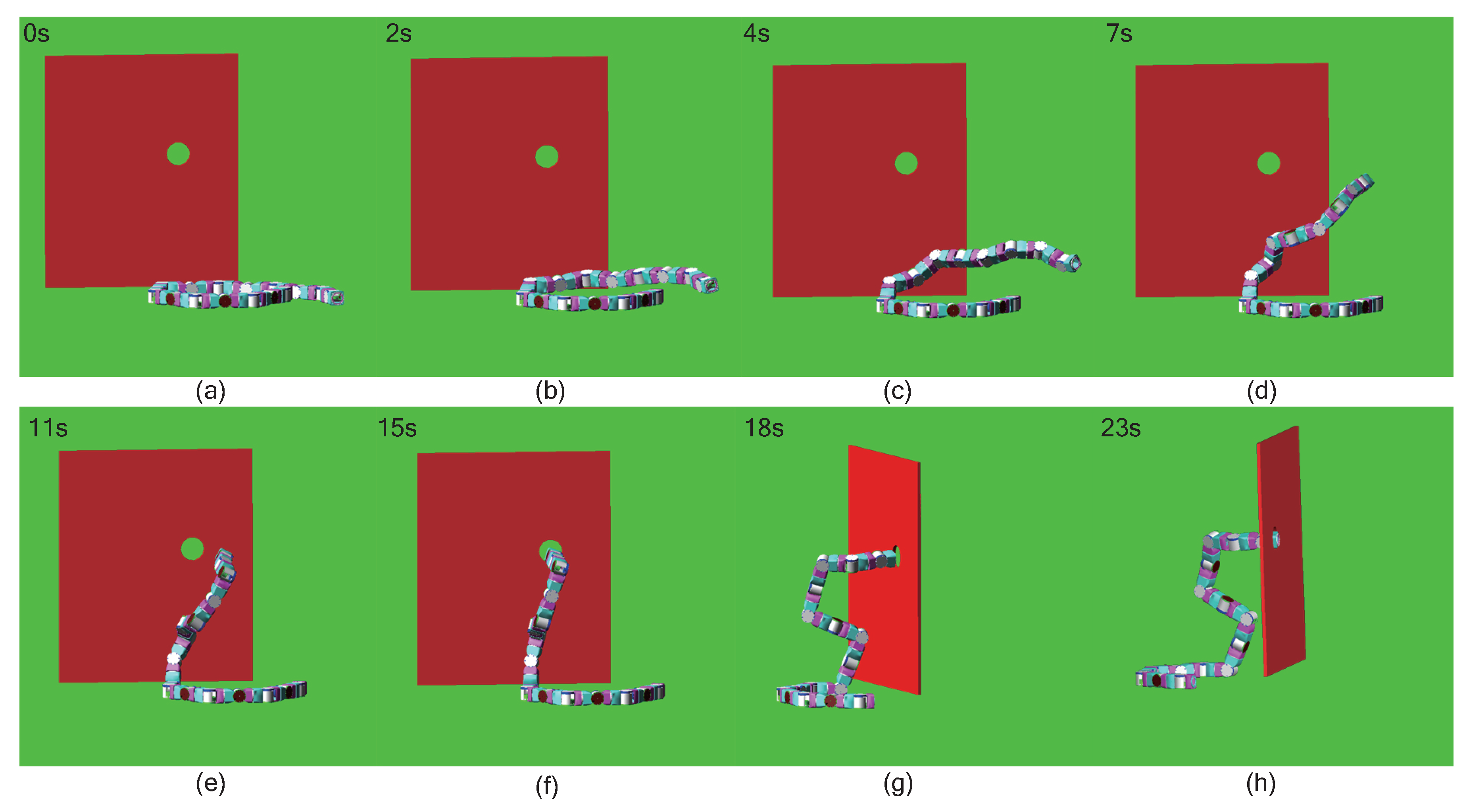


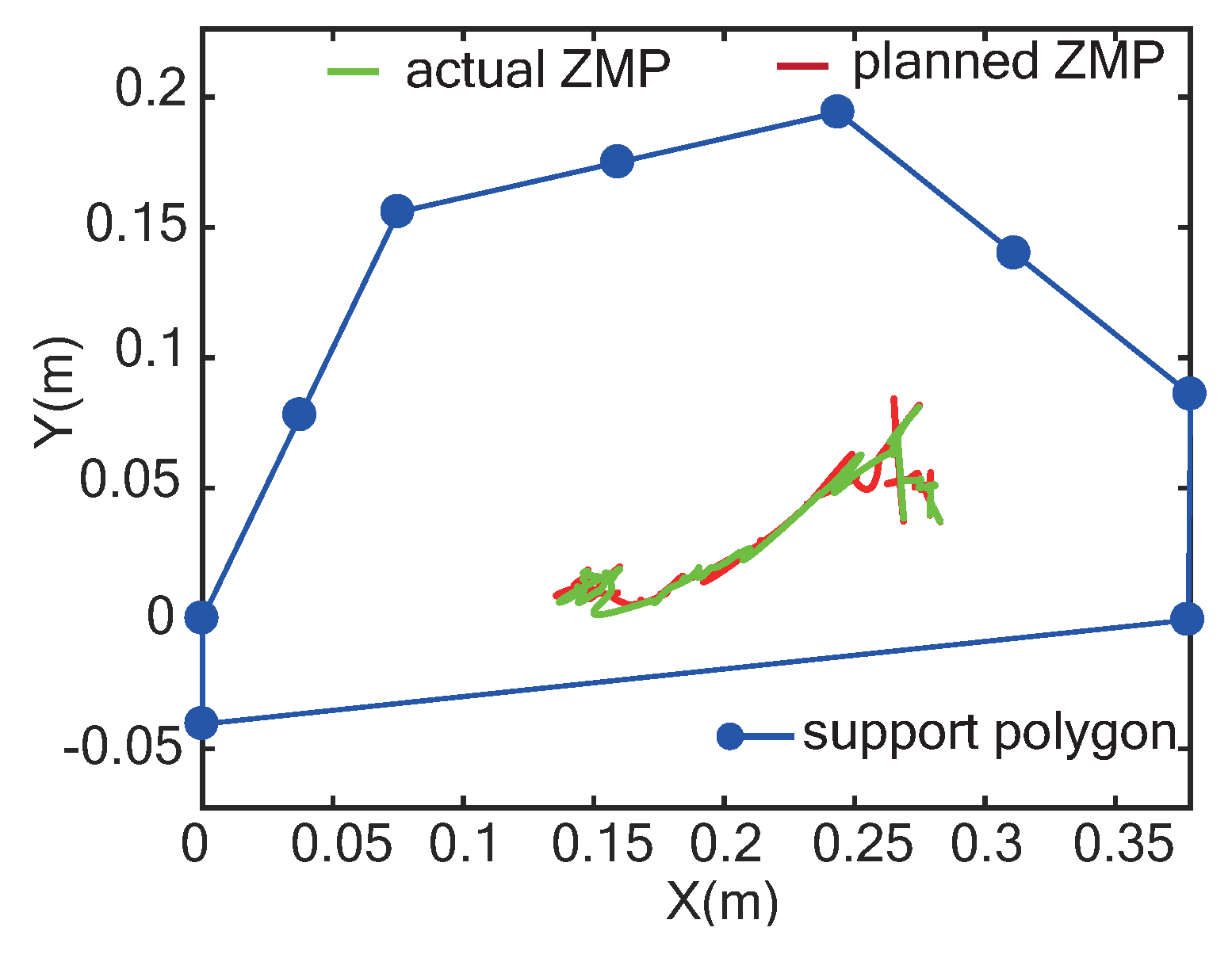
| Symbol | Description |
|---|---|
| calculate the forward kinematics using joint angles . | |
| extracts the space boundary face of point group . | |
| build a polyhedron based on the boundary . | |
| build an inscribed sphere of the box x. | |
| distribute a certain number of points evenly on the sphere x. | |
| build a frame with an origin , and z-axis is unit vector from the center of the sphere to . X-axis and y-axis build a plane tangent to the sphere and obey right-hand law. | |
| rotate frame along its Z-axis to generate several frames evenly in a range of 360 degree. | |
| add a position vector to a rotation matrix and build a transformation matrix . | |
| use TRAC-IK algorithm to solve the transformation matrix . | |
| the link length of the i-th link for the head part. | |
| the origin of the base frame for the head part. |
| DOF | Reachability Index | ||||
|---|---|---|---|---|---|
| [0, 20) | [20, 40) | [40, 60) | [60, 80) | [80, 100] | |
| 6 | 29.82% | 31.28% | 28.14% | 10.76% | 0% |
| 7 | 8.22 % | 15.87% | 16.96% | 25.80 % | 33.15% |
| dimensions | module: 4.3 cm × 4.3 cm × 8.65 cm |
| length (full 16 module robot): 138.4 cm | |
| length (start link): 4.05 cm | |
| length (head link): 4.6 cm | |
| mass | module: 0.2 kg |
| full 16 module robot: 3.2 kg | |
| joint limit | ±90 degree |
© 2019 by the authors. Licensee MDPI, Basel, Switzerland. This article is an open access article distributed under the terms and conditions of the Creative Commons Attribution (CC BY) license (http://creativecommons.org/licenses/by/4.0/).
Share and Cite
Zhou, Y.; Zhang, Y.; Ni, F.; Liu, H. A Head Control Strategy of the Snake Robot Based on Segmented Kinematics. Appl. Sci. 2019, 9, 5104. https://doi.org/10.3390/app9235104
Zhou Y, Zhang Y, Ni F, Liu H. A Head Control Strategy of the Snake Robot Based on Segmented Kinematics. Applied Sciences. 2019; 9(23):5104. https://doi.org/10.3390/app9235104
Chicago/Turabian StyleZhou, Yunhu, Yuanfei Zhang, Fenglei Ni, and Hong Liu. 2019. "A Head Control Strategy of the Snake Robot Based on Segmented Kinematics" Applied Sciences 9, no. 23: 5104. https://doi.org/10.3390/app9235104
APA StyleZhou, Y., Zhang, Y., Ni, F., & Liu, H. (2019). A Head Control Strategy of the Snake Robot Based on Segmented Kinematics. Applied Sciences, 9(23), 5104. https://doi.org/10.3390/app9235104





